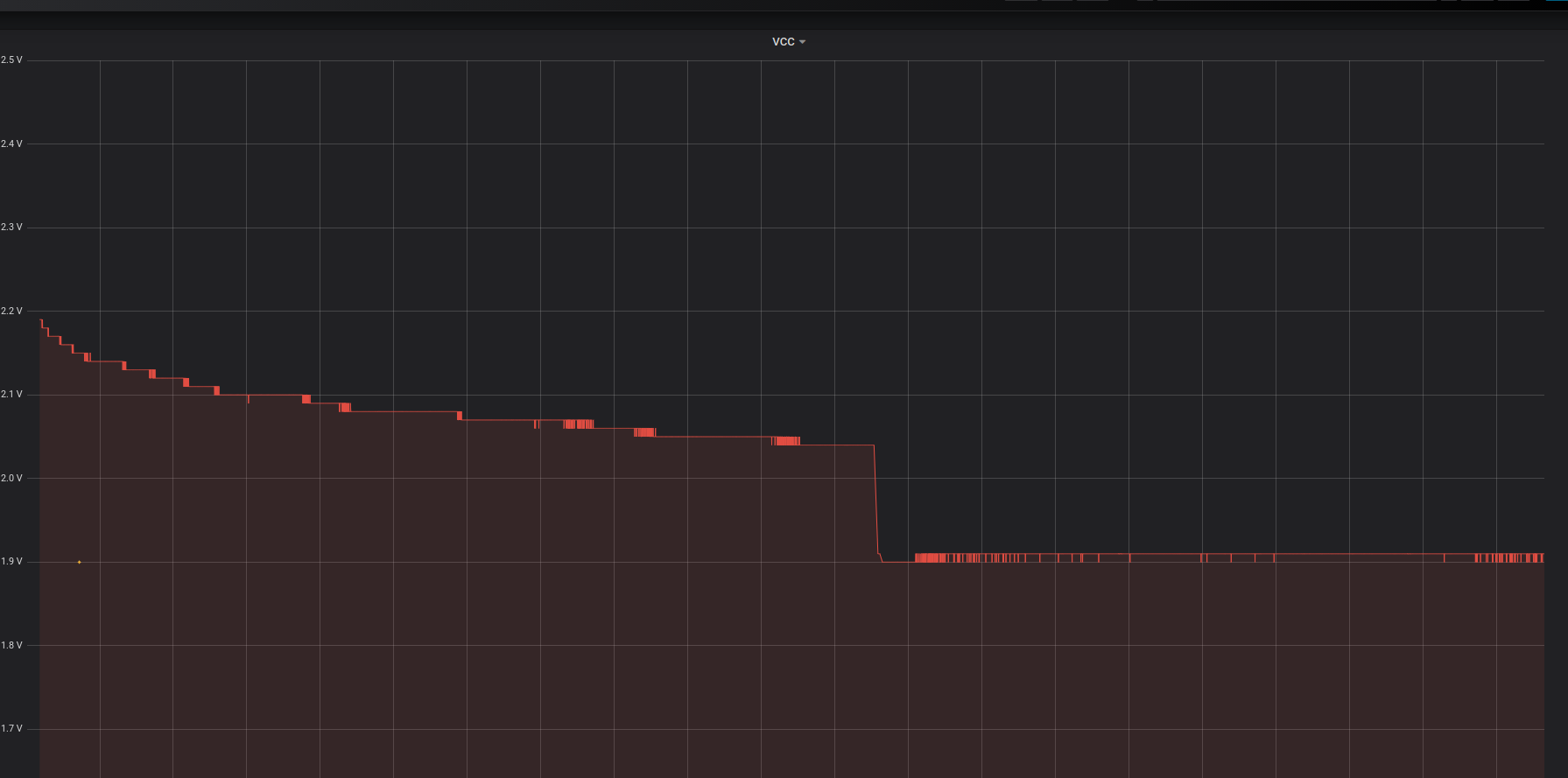That’s really important. While I don’t have proof it happens, I could easily see high power consumption being one of the sorts of subtle and non-intuitive misoperation that occurs when part of the chip is unpowered - eg “I’m not using the ADC why do I need the analog supply?” (one does anyway… but then you are using the ADC).
I like the idea with the INA219, it isn’t expensive and I will get continous data. I’m not sure if I understand what you mean by " increase the sense resistor and bypass it with a capacitor", but I think to check where the leak is, normal connection should be ok.
The sense resistor usually shipped on experimenter boards is too small to measure tiny currents very well. Switching to a larger resistor will do that, but the circuit may operate poorly with a high impedance power supply, and the ADC may end up undersampled, so putting a capacitor across it helps smooth things out a bit. You’re not really measuring instantaneous power with an I2C sensor anyway, more “very short term average” for events that may take 10’s to 100’s of milliseconds. (Don’t try to print all the data, measure frequently, print an average over a longer timeframe, and ideally an integrated total for each individual excursion above sleep current such as a tranmission or receive window, or waking up to read some sensors without transmitting)


 is always around 1.00 V. That can’t be true, can it?
is always around 1.00 V. That can’t be true, can it?

